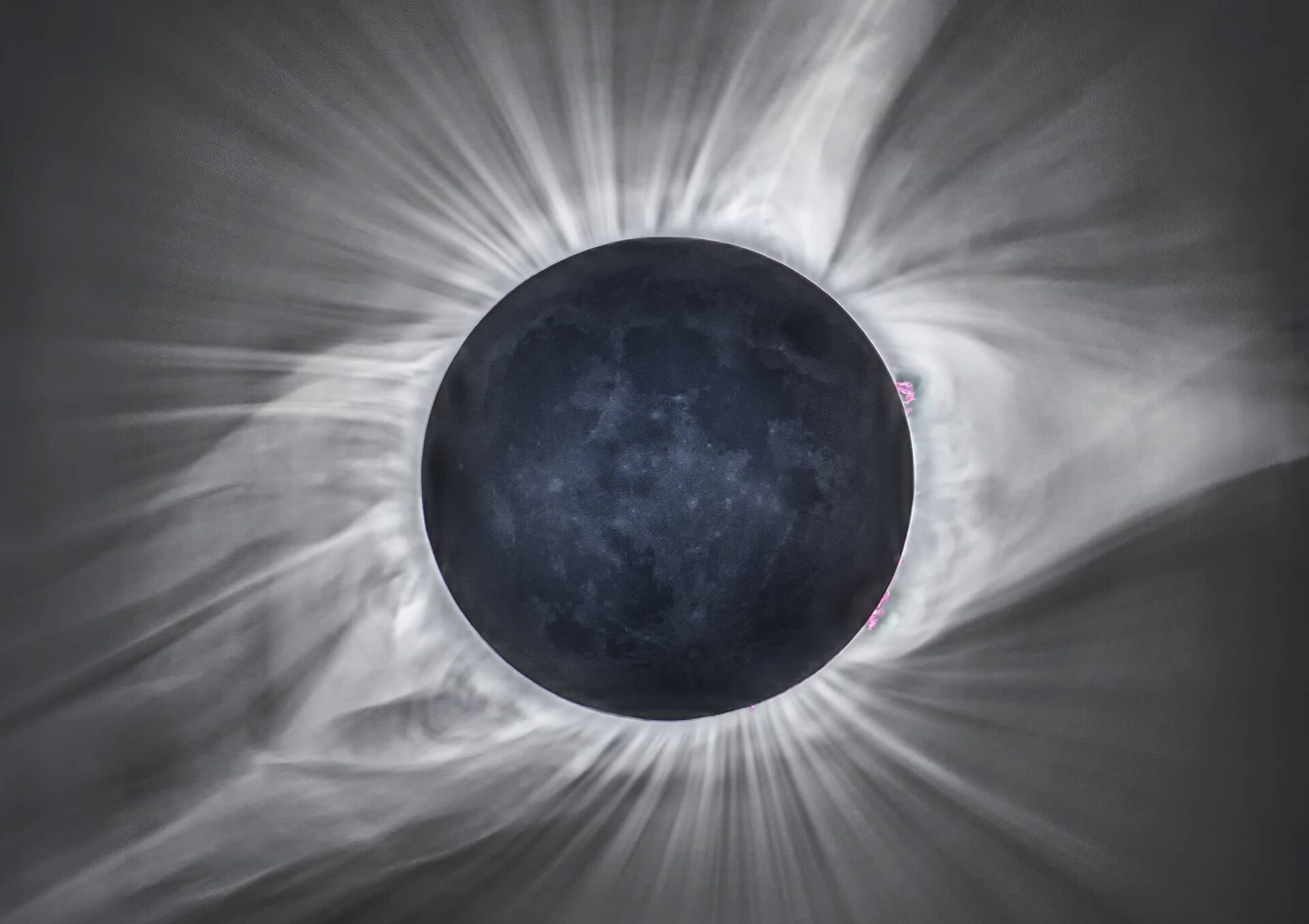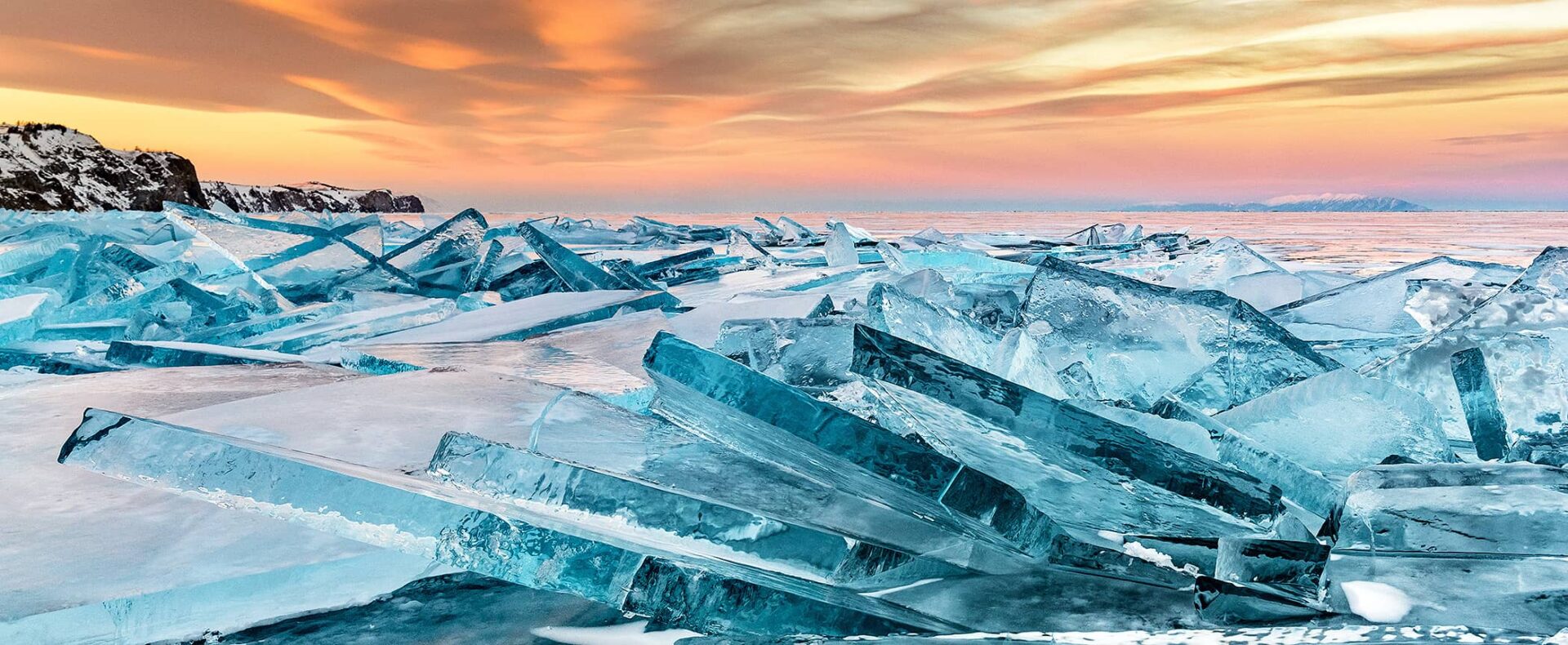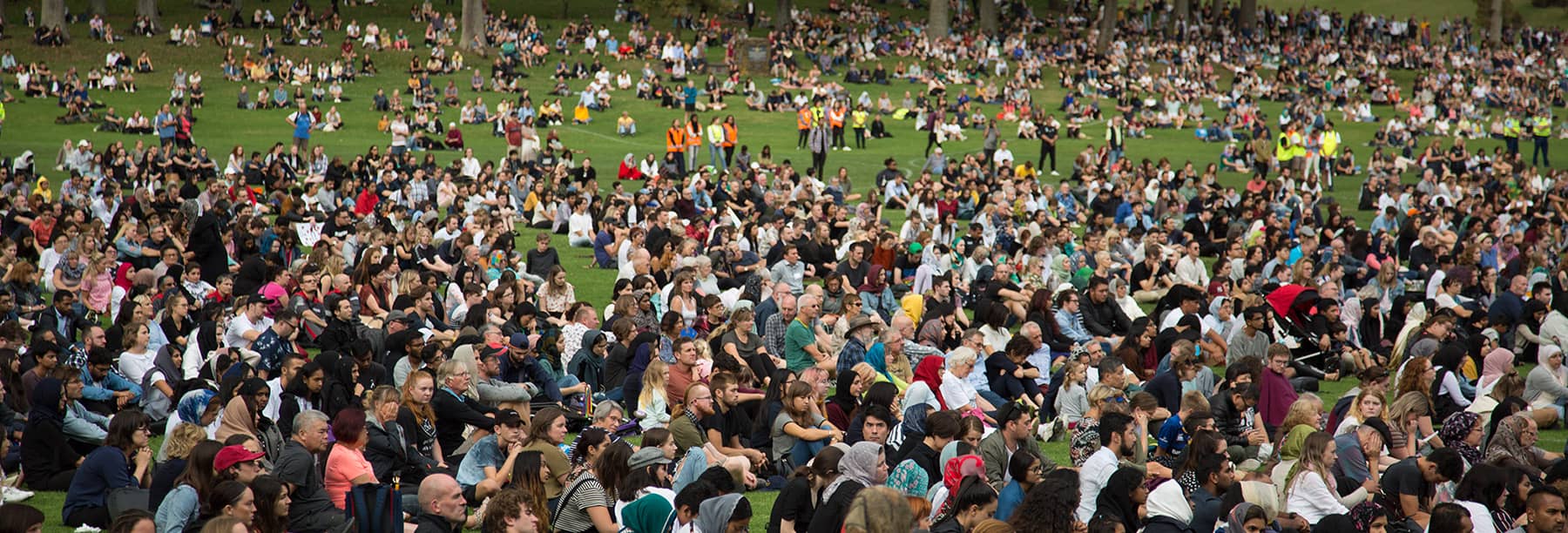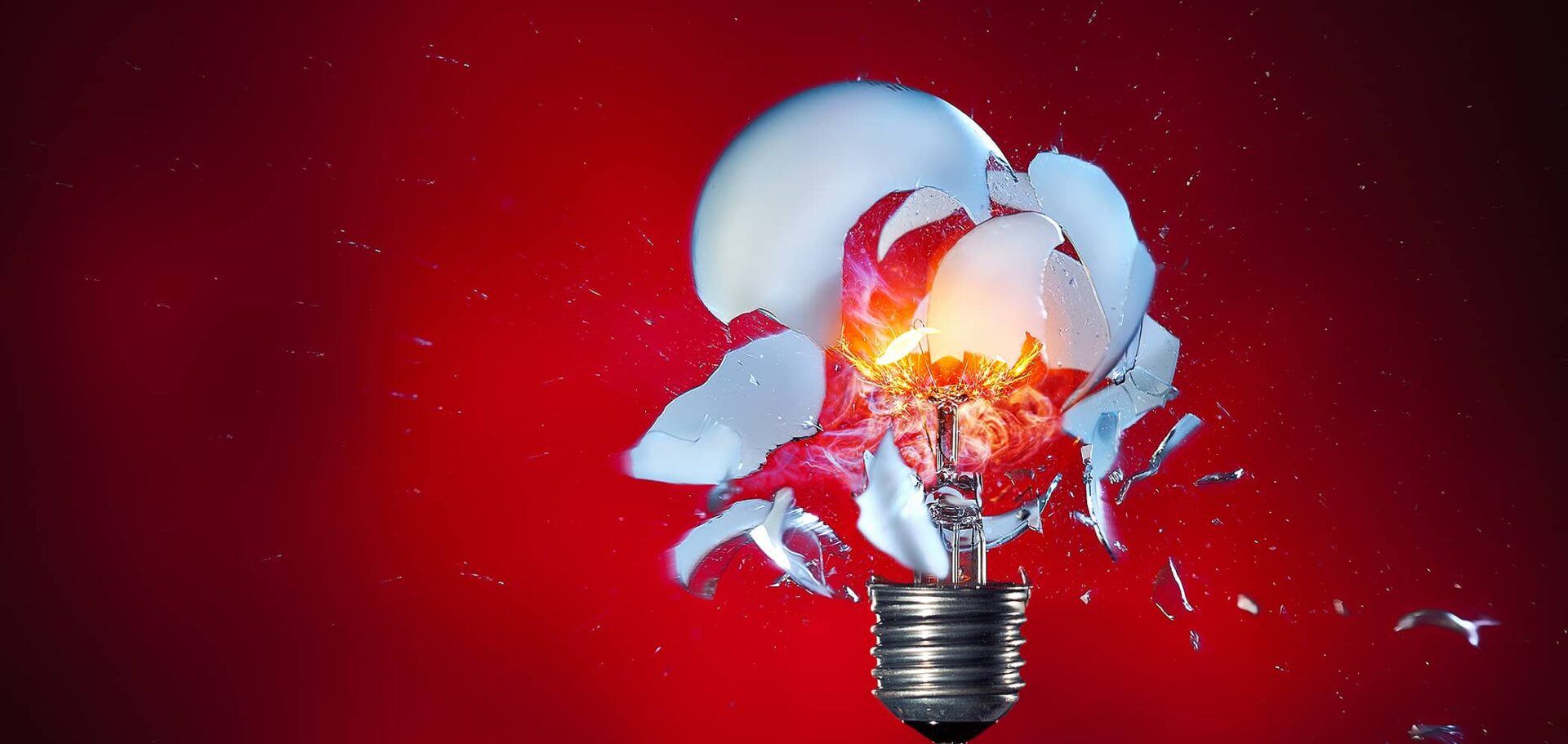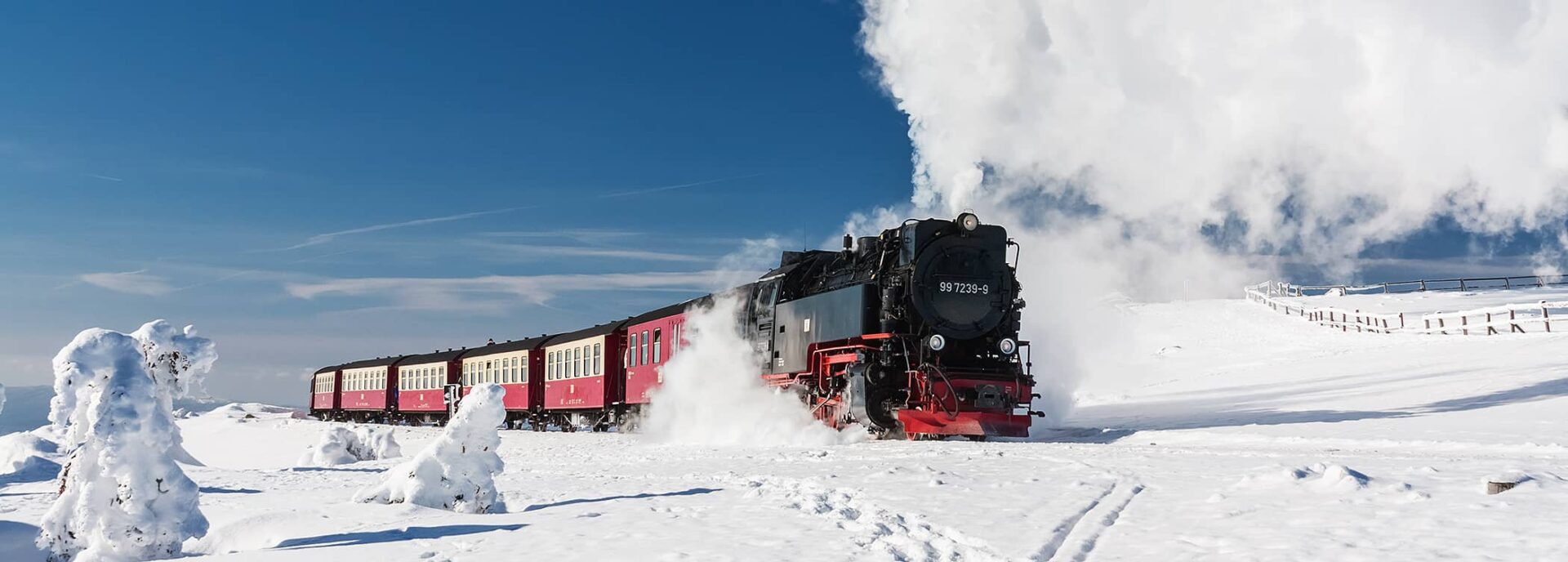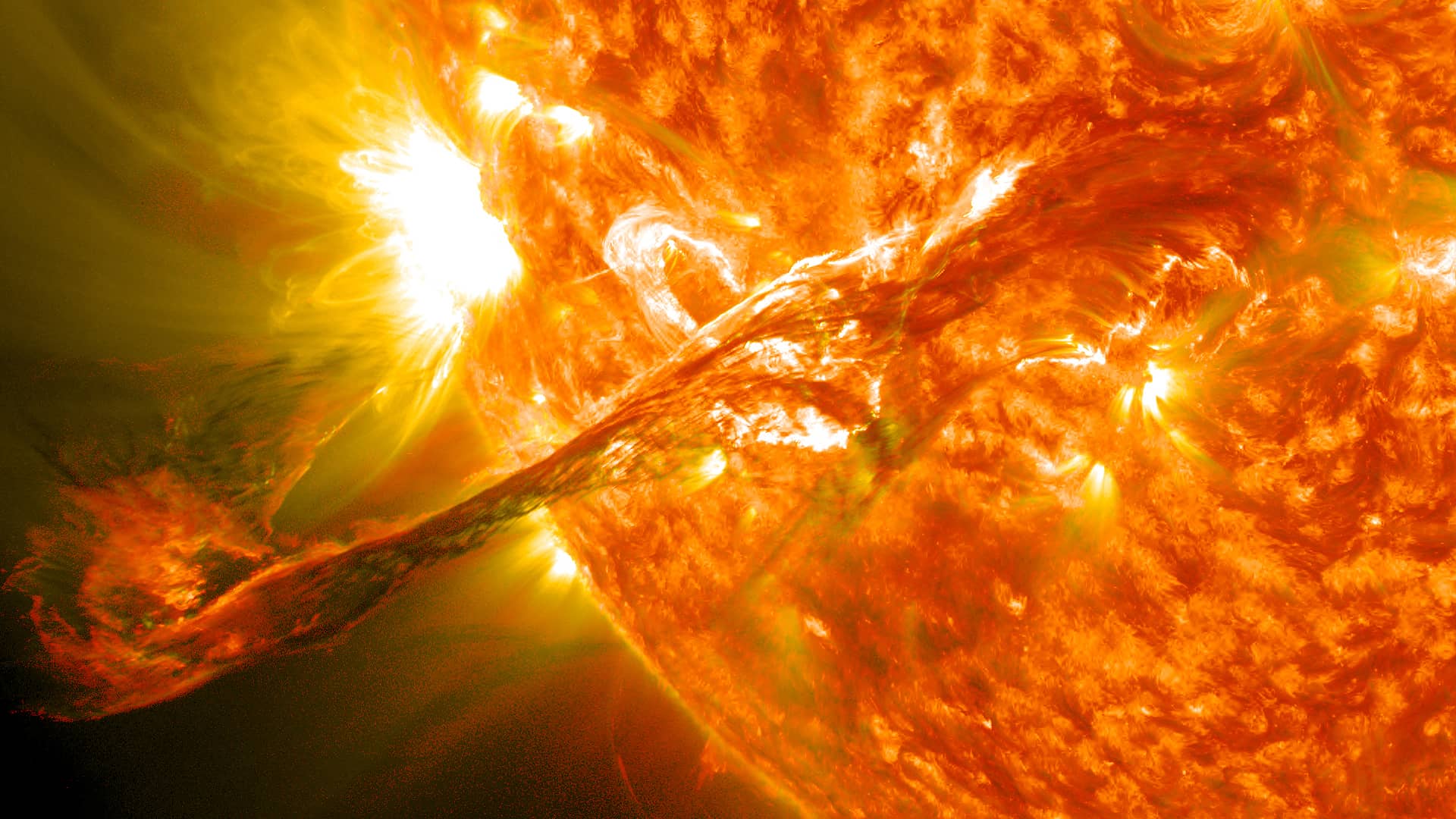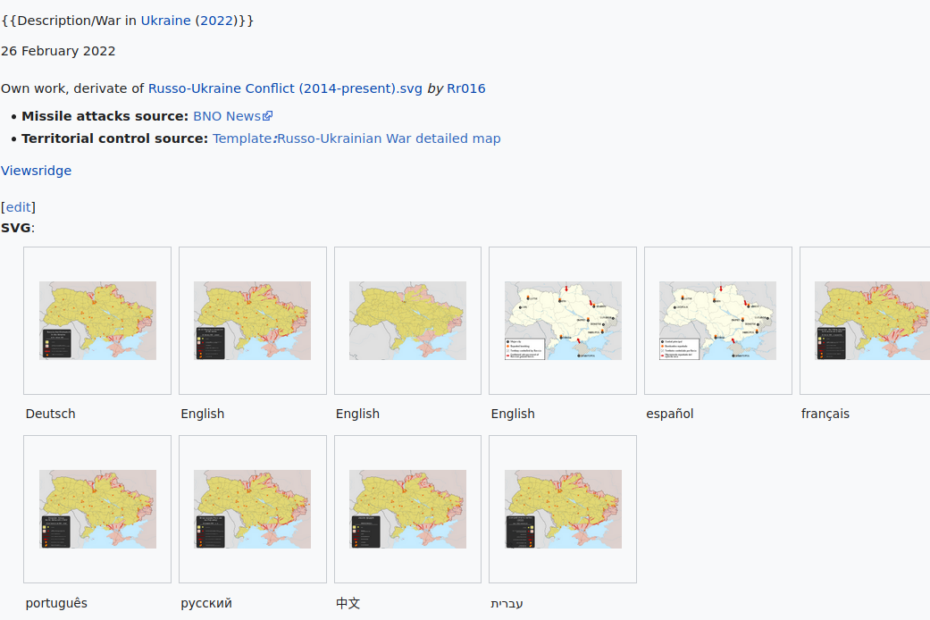When Russia launched its large-scale invasion of Ukraine on 24 February, volunteer editors on Wikipedia leapt into gear to document developments as they unfolded. A look at the record of their edits provides a window behind the scenes of breaking news editing.
The coverage built on Wikipedia’s existing information on Russo-Ukrainian relations. On 21 February, as tensions rose, editors began a discussion at the talk page of the preexisting “2021–2022 Russo-Ukrainian crisis” article about whether to split off a separate article for an invasion should one occur. Seven supported, and three opposed.
Consensus model: agreeing on article names
Wikipedia uses a consensus model but gives editors wide latitude to act boldly. On 23 February at 17:12 UTC, one went ahead and created the invasion article. Over the next several hours, a brief edit war ensued as several editors alternately removed and restored the page, debating whether the discussion had established sufficient agreement.
At 03:07 UTC 24 February, minutes after Putin’s speech announcing the invasion, an editor restored the article and others immediately flocked to it. Then 1800 words long with 113 references, it consisted almost entirely of background information.
Editing & vandalism protection
Over the next 3 hours, the article was edited 178 times, once every minute on average. At 04:10 UTC, an administrator restricted edits from new users to prevent vandalism. Another administrator later raised the protection further to extended-confirmed level, allowing only editors with 500 prior edits and a month’s tenure, citing precedent from Wikipedia’s Arbitration Committee for Eastern Europe articles. Editors who cause disruption or violate Wikipedia’s commitment to neutrality are blocked.
Discussions about improving the article immediately began on its associated talk page. To date, there have been more than 350 threads with more than 500 participants, seeking consensus on issues like which parties to list as belligerents in the infobox. More than 600 editors have subscribed to track updates to the article and its talk page on their personal watchlist.
Reliable sources
Reliable sources have been crucial to the article’s development. As a tertiary work, Wikipedia’s coverage is built directly on the news reports from journalists in Ukraine risking their lives to bring us this moment in history in real time. Wikipedia does not allow citations to outlets like the state-funded Russian TV network RT, which editors have agreed by consensus is unreliable. Scholarly histories are the best sources, and someday, when those are written, they’ll be added to the article. For now, breaking news reports are the only sources available, so those are used.
Often, journalists themselves are forced to cite questionable sources, such as the casualty counts from the Ukrainian government (which has an incentive to minimize their own losses). In these cases, Wikipedia provides in-text attribution of information to help readers interpret it.
When early news reports get information wrong, Wikipedia generally does, too. For instance, journalists initially reported that 13 soldiers defending Snake Island had been killed, and the Ukrainian government confirmed, and Wikipedia mirrored that claim. When Russia disputed the account, saying they had only been captured, their perspective was added with attribution, and when Ukraine admitted the error, the article was updated again. A banner at the top of articles on current events cautions readers that “information may change rapidly as the event progresses, and initial news reports may be unreliable.”
What is the right level of detail?
As the invasion progressed, further spinoff articles were created, such as one on the international reaction (at 18:38 UTC 24 February). There are now more than 50 such articles.
One aspect of breaking news editing that can be difficult is writing at the right level of detail. Wikipedia aspires to take a long-term world-historical view, rather than indiscriminately covering every breaking development as a newspaper would. In the heat of the moment, it’s hard to tell what will or won’t become important in the long run. For instance, it is currently unknown whether the Ghost of Kyiv will ultimately become a significant part of the narrative of the invasion or just a momentary internet rumor. The natural momentum right now is toward creating many articles, but as the world gains hindsight, some will likely be merged or deleted, making the coverage easier to maintain at a high level of quality.
Freely licensed multimedia
Wikipedia editors have searched for images and videos depicting the invasion. This is difficult due to the site’s strict licensing requirements, but freely licensed videos from Voice of America, the U.S. external broadcaster, were particularly helpful early on.
Images can be vectors for misinformation, and unlike article text, they generally can’t be cited to a reliable source. Still, editors have taken steps to verify their authenticity. For instance, in deciding to use this image of a shell strike in Kyiv uploaded by a pseudonymous new editor, Wikipedians checked its metadata, which provided details on when, where, and how it was taken, and matched it with an image of the same scene taken by a professional photojournalist.
reach
The publicly available statistics on the present invasion article reveal the remarkable scale of Wikipedia collaborations. It has been edited more than 3800 times by more than 700 editors. It’s more than 12,000 words long, with more than 600 references and incoming links from 2700 other articles. Independent editions exist in nearly 100 languages. It’s been viewed more than 7.5 million times, making it currently the most popular article on the site.
Wikipedia has a long history of covering current events. The September 11 attacks that took place when the encyclopedia was only months old had a formative impact on its approach, as described by Brian Keegan in his 2019 account “An Encyclopedia with Breaking News”. Last year, Wikipedian Molly White documented the site’s coverage of the January 6 attack on the U.S. Capitol in a viral Twitter thread.
Wikipedia’s coverage of the Ukraine invasion will continue to evolve as the invasion unfolds and is ultimately written into history. The world is watching.
About the author of this post: Samuel Breslow is an American media journalist and veteran Wikipedia editor. He tweets @sdkb42.
